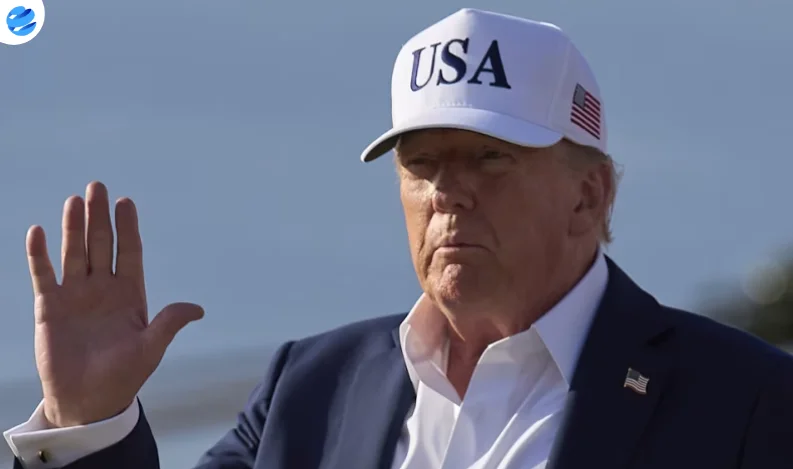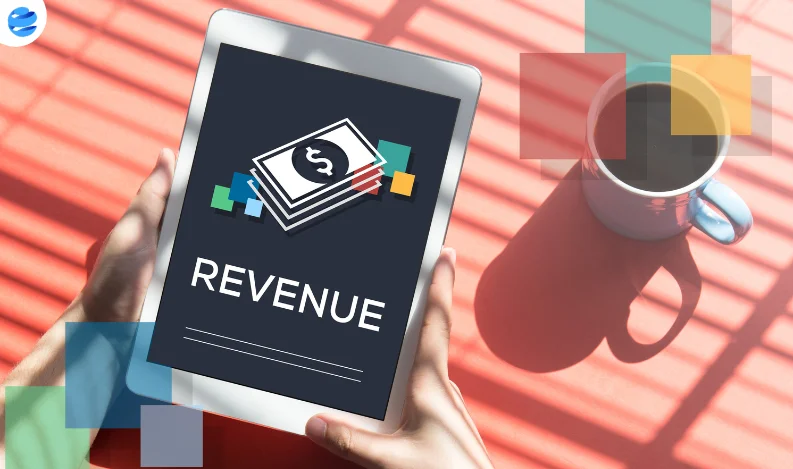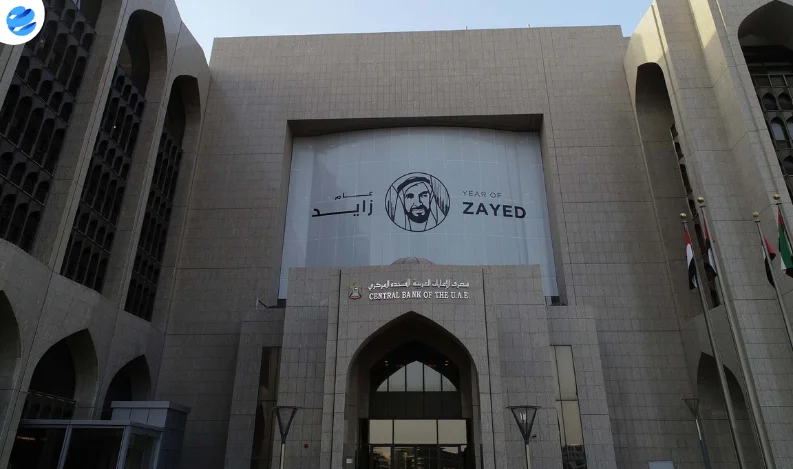U.S. President Donald Trump has officially announced a new round of tariffs on dozens of countries, but says he's still open to negotiating. The increased import duties won’t begin until August 1, giving trade partners a short window to make a deal.
The new tariffs are part of what Trump calls a “reciprocal” trade policy. Countries like Japan, South Korea, South Africa, Indonesia, Thailand, and Cambodia are among the first to receive letters informing them of higher duties. Rates vary by country, some as high as 40%.
“We’re close to making a deal with India,” Trump said during a White House briefing. “Others we don’t expect to reach a deal with, so we just send them a letter.”
Despite the tough talk, Trump made it clear the August 1 deadline is not final. He said rates might still be adjusted “depending” on how other countries respond.
What’s Changing
-
Tariffs on dozens of countries, ranging from 25% to 40%
-
Countries like Japan and South Korea targeted first
-
Delays until August 1 allow room for last-minute negotiations
-
More letters are coming, according to the White House
White House Press Secretary Karoline Leavitt confirmed that Trump has already signed an executive order delaying the tariff start date. She also warned countries not to retaliate, quoting Trump’s letter:
“If you raise your tariffs, we will add that amount to our own.”
How Markets Reacted
The announcement had an immediate effect on financial markets:
-
The S&P 500 and Nasdaq 100 both fell 0.8%
-
U.S. Treasuries dropped
-
The U.S. dollar strengthened, while currencies like the yen, won, and rand lost value
-
Shares of Japanese carmakers like Toyota and Honda fell sharply
Economists and U.S. business groups were quick to respond. Critics say the new tariffs will hurt American businesses and consumers, not foreign governments.
“These tariffs are just a tax on U.S. companies,” said Jonathan Gold from the National Retail Federation.
Who’s Affected?
Among the countries receiving tariff letters:
-
Japan, South Korea – 25%
-
Malaysia, Kazakhstan, Tunisia – 25%
-
South Africa, Bosnia – 30%
-
Serbia, Bangladesh, Cambodia, Thailand – 35%–36%
-
Laos, Myanmar – 40%
Trump also hinted at future tariffs on BRICS countries (Brazil, Russia, India, China, South Africa) if they align with what he called “anti-American policies.”
Some countries may find it hard to respond quickly. South Korea’s new president, Lee Jae-myung, just took office in June, and Japan faces elections later this month.
The European Union was not on the list, though more letters are expected in the coming days.
Legal and Political Challenges
Trump is using two different legal tools to implement these tariffs:
-
IEEPA – which allows emergency economic measures
-
Section 232 – targeting specific industries like autos, steel, and aluminum
A U.S. court ruled in May that many of the tariffs under IEEPA were illegal, but an appeals court has allowed them to remain in place while the case proceeds. Arguments are scheduled for July 31.
Meanwhile, economists say the bigger concern is inflation. With tariffs, rising oil prices, and tighter immigration policies, costs may go up for consumers.
“The bottom line is we’ll likely see inflation rise over the next few months,” said Torsten Slok, chief economist at Apollo Global Management.
What This Means for the U.S.
If all of Trump’s tariffs take effect as proposed, average U.S. duties on imports could rise from less than 3% to nearly 20%, a massive jump that could strain businesses, raise consumer prices, and increase uncertainty across the global economy.























